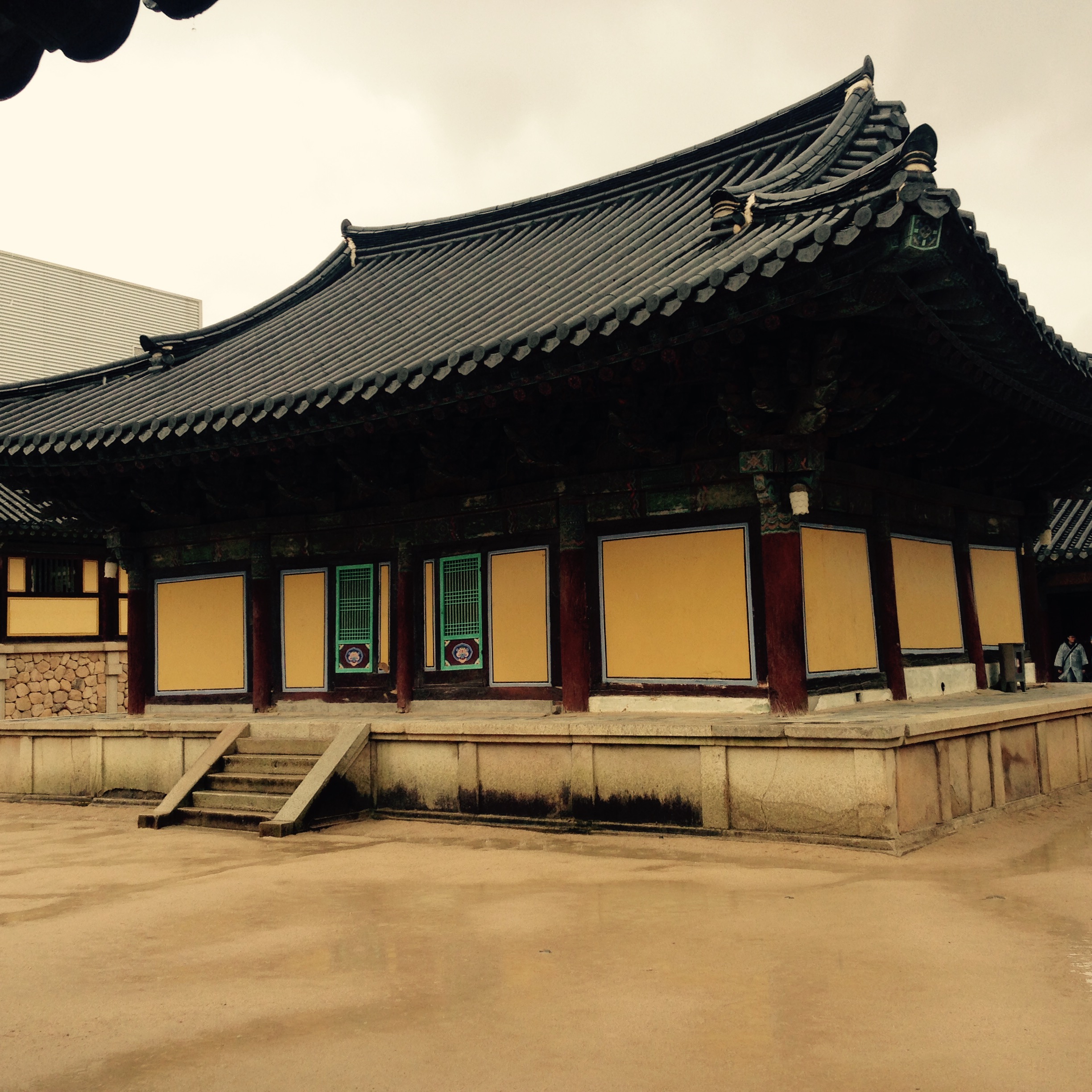
Aleumdaun! This is how Koreans describe something as "lovely." They often use this phrase to talk about the scenic beauty of Busan, Gyeongju, and Jinhae, particularly in the spring when cherry blossoms are in full bloom.

Who doesn't love traveling? Korea is an under-explored country where most visitors usually don't venture beyond Seoul. Each of us has our own travel priorities and preferences. Personally, I love spontaneous travel, as it provides a break from my regular work schedule. It’s exhilarating to put myself in unfamiliar situations, where I don’t know the language or even have internet on my iPhone. It’s a daring step out of my comfort zone.
Here are some survival tips for non-Korean speakers visiting Busan:
While staying in a guesthouse instead of a hotel, I met a savvy businessman, a talented doctor, and a lovely ajumma (Korean auntie). Though my limited Korean skills make verbal communication challenging with those who don’t speak English, remember that two-thirds of human interaction is nonverbal. A friendly smile and a warm greeting are universal. I spent an entire afternoon conversing through pictures and gestures. Koreans have a knack for turning strangers into friends. They are not only polite but also some of the kindest people I’ve met. To stay connected, consider downloading the Kakao Talk app.

Before exploring, get an overview of the city to avoid getting lost. Busan Tower, at 120 meters high, provides a splendid panorama. From its top deck, you'll get a 360-degree view of Busan, including the magnificent Gwangan Bridge.

Haeundae Beach is extraordinary, to say the least. The sight of the ocean will take your breath away. Nearby, you'll find attractions like Oryukdo Island, APEC Naru Park, and an aquarium. If you tire of walking, coffee shops like TwoSome Place, Tom n Tom, or Caffeine Gurunaru offer cozy retreats. Also, don't miss SpaLand Centum City, located in the world’s largest department store, Shinsegae. It’s the perfect place to unwind.

Busan's charm isn't just in its tourist spots; even a simple walk down the streets is captivating. From pig guts to pancakes, the city’s markets offer a unique blend of tradition and modernity. For delicious street food, head to the Busan International Film Festival (BIFF) square. If you’re a shopaholic, you’ll love the underground mall at Seomyeon and the bustling area near Nampo station. Also, the Jagalchi Fish Market is a must-visit for seafood lovers.

Gyeongju, located north of Busan, was the capital of the Silla dynasty for nearly a thousand years. It's a heritage site featuring grassy tombs of ancient royalty. Bulguksa Temple is often at the top of visitors' lists. It costs only 4,000 won for entry into this World Heritage site.

Every spring, Jinhae-gu, west of Busan, hosts a ten-day cherry blossom festival. The 1.5-kilometer long tunnels of flowers are a must-see. When a gust of wind makes the petals fall, it's a surreal and romantic scene.

So, grab your passport and join me on a trip to Busan for an exciting weekend getaway! Hopefully, this article inspires you to explore Korea and immerse yourself in its culture. To be honest, my body may have returned to the office, but my soul is still in Korea. Add me to your list of travel companions; I'm excited to discover more beautiful places and share them with you. Kamsa-Hamnida, which is the Korean way to say a heartfelt thank you.








